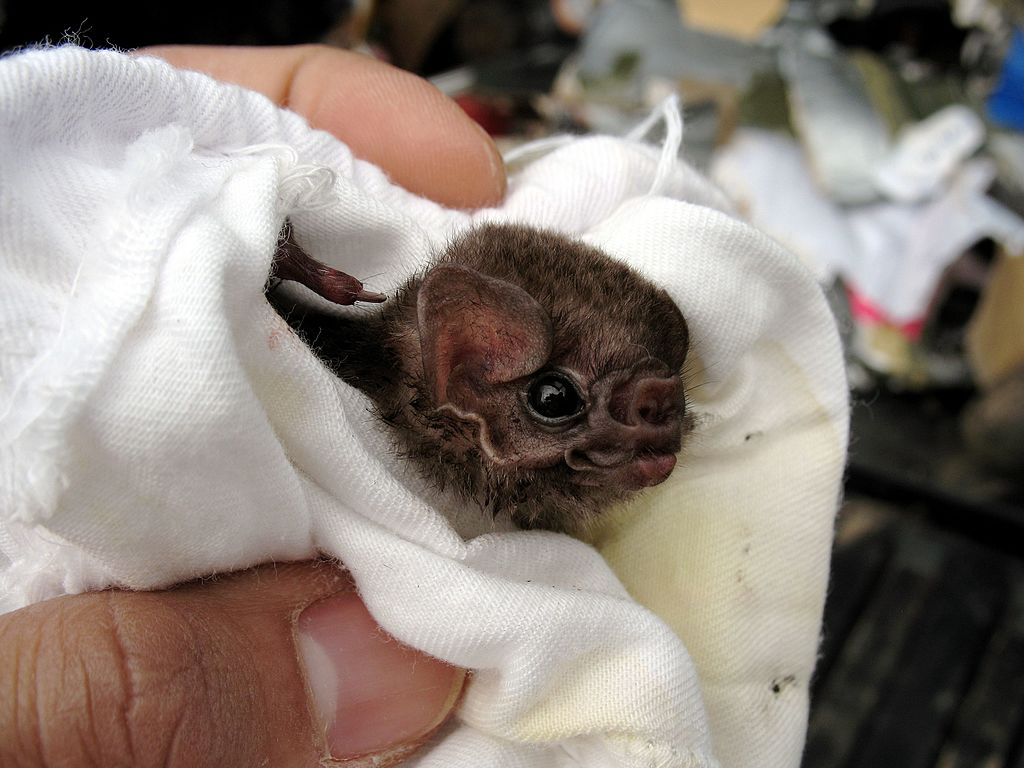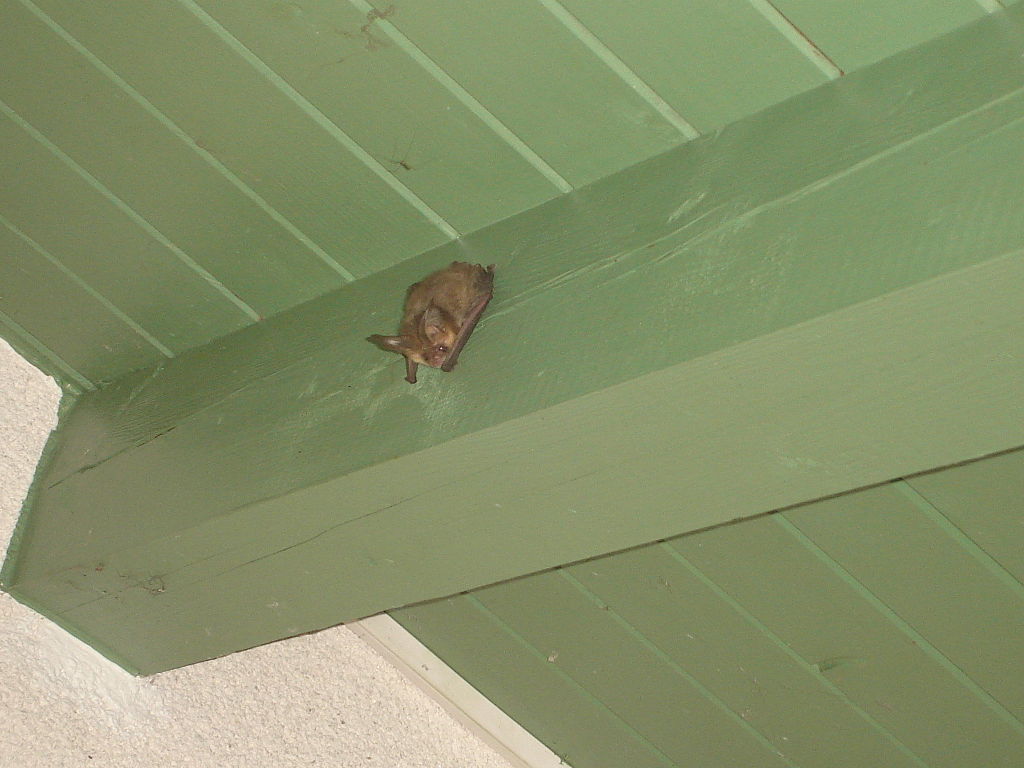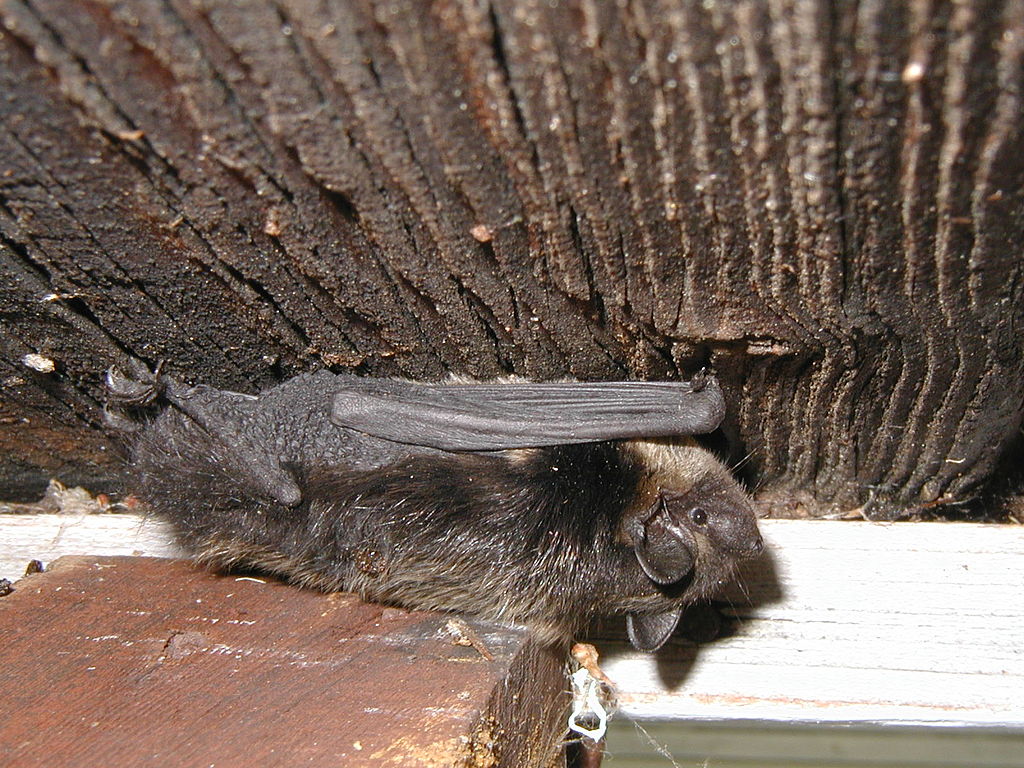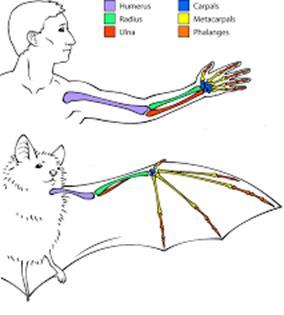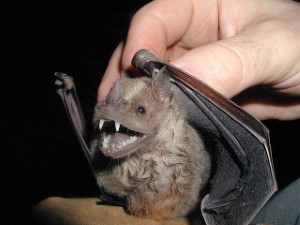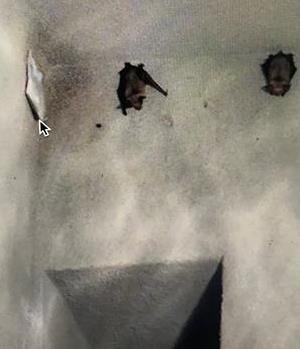Bat Diseases Nassau County, Long Island, NY
Bats have a bad reputation, which is not shocking considering the number of pathogens that they carry that can spread disease to humans. Ebola, SARS, Nipah, Rabies, Marsburg and Hendra are all viruses carried by bats that can be transmitted to human beings. Bats carry more human pathogens than other animals and live in close proximity to one another in roosts, allowing for the spread of pathogens among them. In addition, certain species of bats, like the Little Brown Bat and the Big Brown Bat, roost in the attics of Nassau County, Long Island dwellings, which brings them into contact with humans. The viruses are transmitted by a bite and transfer via saliva, as well as the aerosolization of urine, saliva and feces. The viruses do not kill the bats, because their body temperature during flight is about 104 degrees Fahrenheit, which is too hot for the viruses to replicate.




